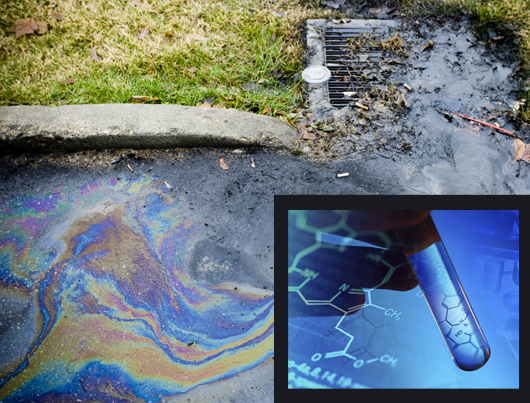Basics of Forensic Science
Where and How is Environmental Applied?
Preparing an Analysis of Evidence and Methods of Proof
How to Win a Case?
River and Groundwater Gauging Data
NOAA & NRCS Climatic Data
Sources of Aerial Photographs
Rules of Evidence
Field Surveys, Sample Collection, and Documentation
Lake Sedimentation
Mineralogical Fingerprinting Analysis
Radioactive Isotope Analysis
Micro-Landscape Age Variations
Radiocarbon 14C Laboratory Results
Potential Problems with Radiocarbon Dating of Sediments
Radio-nuclide Age Dating of Sediments with 137Cesium
Radio-nuclide Age Dating of Sediments with 210Lead
Other Techniques for Age Dating of Sediments
Spatial Analysis of Contaminates in Soil & Groundwaters
Case Study #1 – Metals Contamination of Soils and Groundwaters
Hydrological Modeling of Streams and Rivers
Sediment Transport Modeling of Streams and Rivers
Water Quality Modeling of Streams and Rivers
Water Quality Modeling of Watersheds
Tracing Pollutants in Watersheds
What is DNA Fingerprinting?
Bacterial Fingerprinting of Pollutant Sources in Watersheds
ARA Bacterial Fingerprinting
DNA Bacterial Fingerprinting
Age Dating of Groundwater
Hydrologic Modeling of Shallow Groundwaters
Hydrologic Modeling of Wetlands
Case Study #2 – Mississippi River
Examining Plaintiffs’ Expert Report on Moreau River
Case Study #3 – Sedimentation Along the Moreau River
What is More Important in Forensic Investigations and Why?
Working with Attorneys
Developing Plaintiff and Defense Expert Strategies








